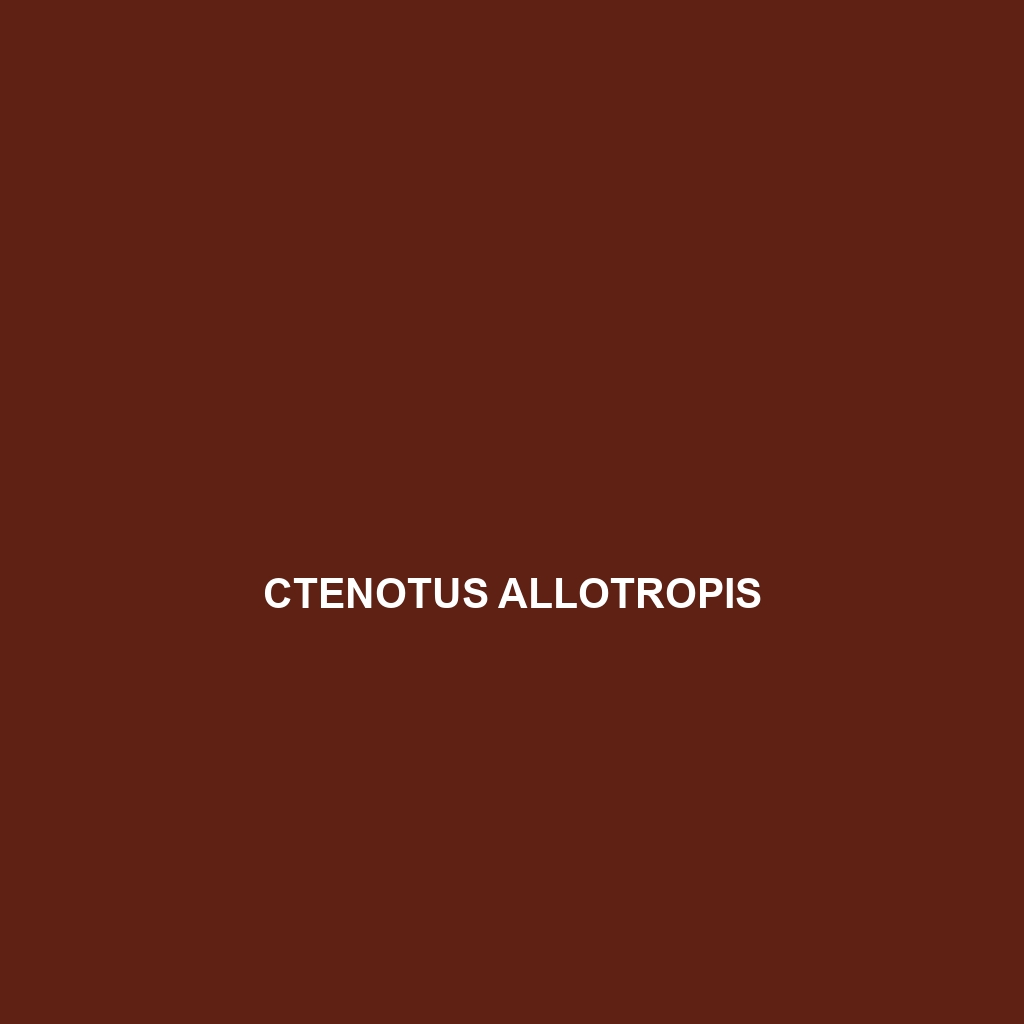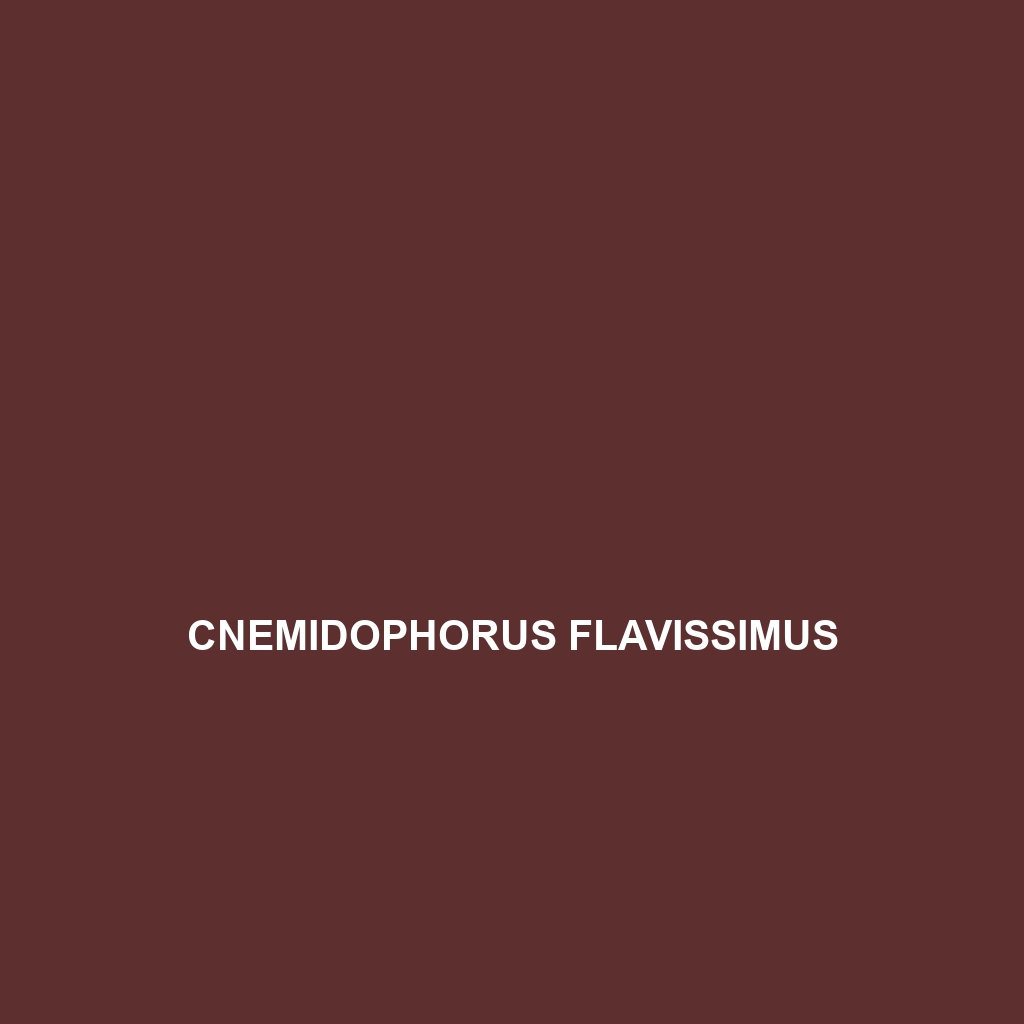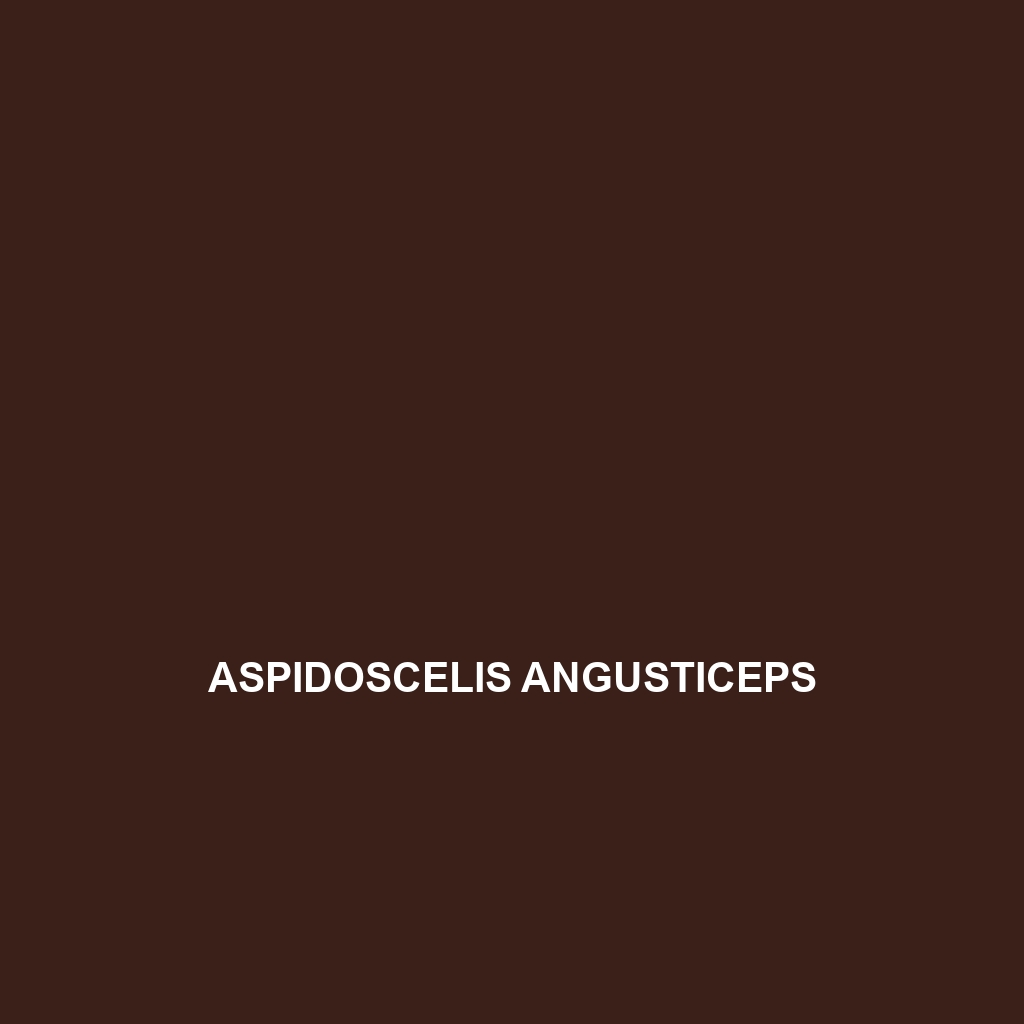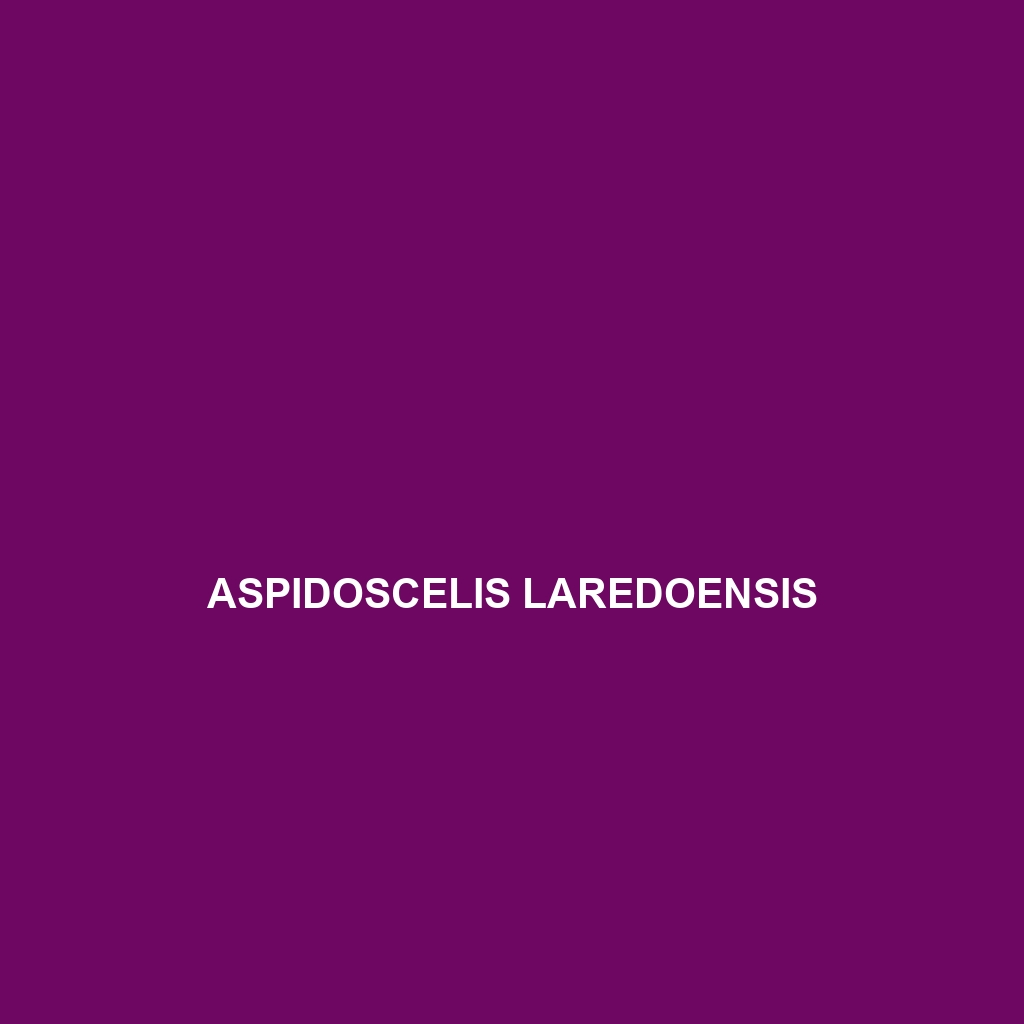Southern Delma (Delma borea), a slender, nocturnal lizard of southeastern Australia, known for its sandy to light brown scales and fossorial lifestyle. This species plays a crucial role in its ecosystem by controlling insect populations and enhancing soil health through its burrowing activities.
Tag: sandy soil habitats
Ctenotus quattuordecimlineatus
Discover the fascinating Ctenotus quattuordecimlineatus, or fourteen-lined skink, a diurnal insectivore native to southeastern Australia, recognized for its striking 14 yellow or white stripes and agile movements. This species thrives in open woodlands and grasslands, playing a vital role in controlling insect populations while exhibiting remarkable tail regeneration as a defense mechanism.
Ctenotus mimetes
Ctenotus mimetes, or the mimetic skink, is a medium-sized skink native to the arid regions of Australia, recognized for its distinctive dorsolateral stripes and ability to camouflage in its environment. This diurnal species primarily feeds on insects and plays a crucial role in its ecosystem by controlling insect populations and serving as prey for larger animals.
Ctenotus ehmanni
Ctenotus ehmanni, or Ehmann's Ctenotus, is a medium-sized skink found in Australia’s arid and semiarid regions, characterized by its slender body, distinctive dark stripes, and diurnal behavior. This agile predator primarily feeds on insects and plays a vital role in maintaining ecological balance within its habitat.
Ctenotus burbidgei
Ctenotus burbidgei, or Burbidge's Ctenotus, is a slender lizard native to the arid regions of Western Australia, measuring 10 to 15 cm with light brown coloration and darker stripes for camouflage. This diurnal species plays a crucial ecological role as a predator of insects and is known for its ability to regenerate its tail.
Ctenotus allotropis
Discover the allotropis skink (Ctenotus allotropis), a slender and agile lizard native to eastern Australia, thriving in dry woodlands and sandy soils. Characterized by its distinctive brown and gray patterns, this diurnal species primarily feeds on small invertebrates and plays a vital role in maintaining ecological balance.
Cnemidophorus flavissimus
Discover the vibrant Cnemidophorus flavissimus, or yellow whip-tail lizard, known for its striking golden coloration and agile behavior in the sandy regions of the southwestern United States and northern Mexico. This diurnal insectivore plays a crucial role in controlling insect populations, thriving in diverse habitats from deserts to scrublands.
Aspidoscelis guttatus
<p><b>Aspidoscelis guttatus</b>, commonly known as the Western Whiptail, is a slender, diurnal lizard found in arid scrublands and grasslands of the southwestern United States and Mexico. With striking stripes and smooth scales, this insectivore plays a vital role in its ecosystem by controlling insect populations and serving as prey for larger animals.</p>
Aspidoscelis angusticeps
<div class="woocommerce-product-details__short-description"> <p>The <i>Aspidoscelis angusticeps</i>, commonly known as the slender whiptail, is a diurnal lizard found in arid regions of the southwestern United States, characterized by its slender body, elongated head, and a diet primarily consisting of insects. This species exhibits unique reproductive traits, including the ability to reproduce through parthenogenesis, and plays an important role in controlling insect populations in its ecosystem.</p> </div>
Aspidoscelis laredoensis
Discover the Aspidoscelis laredoensis, or Laredo whiptail, a vibrant lizard native to South Texas. This agile creature thrives in arid scrublands, displaying distinctive coloration and playing a crucial role in controlling local insect populations.









